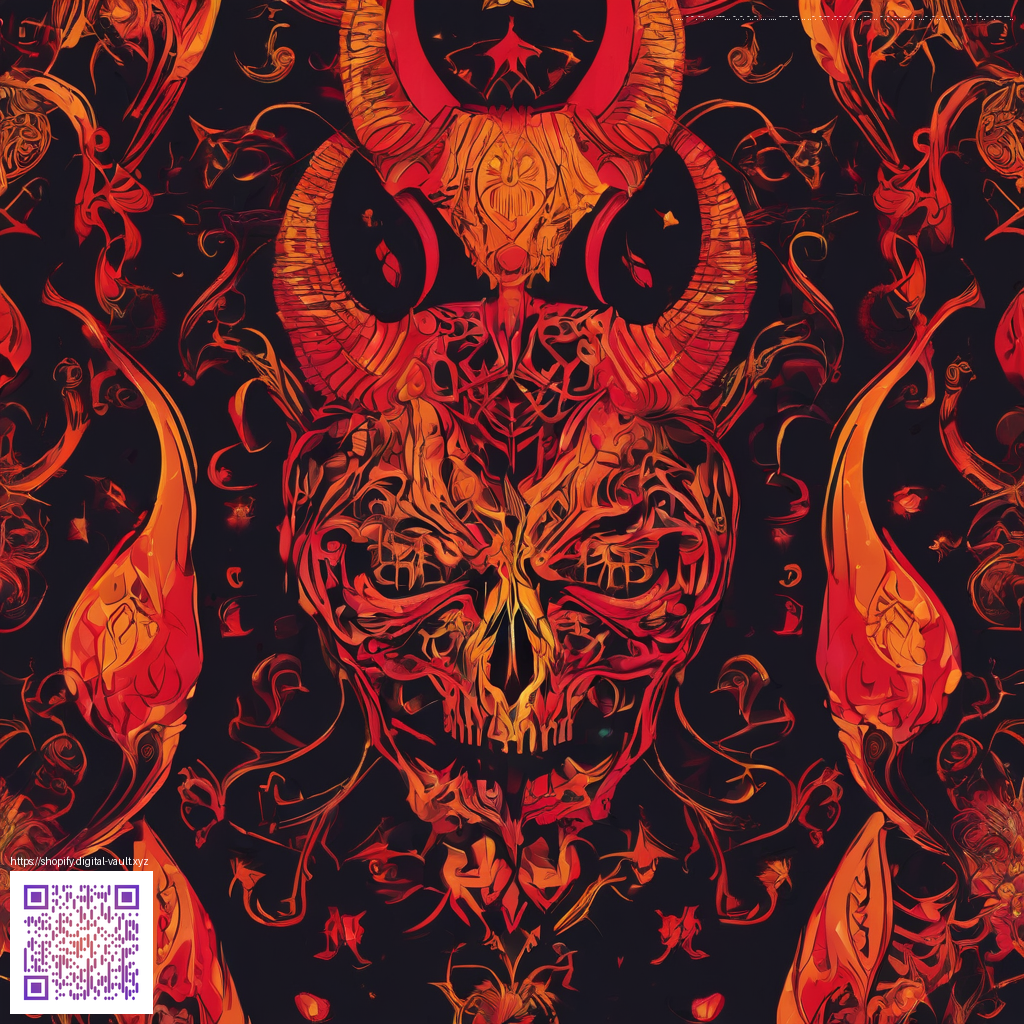
What We Really Want to See Next in Hades II
Fans of the roguelite arena have pounded the keyboard with ideas since the sequel began stirring in early development chatter. The appetite is not just for slick visuals or new weapons but for a richer loop that rewards skill, curiosity, and creativity. In this wishlist we blend gameplay ambition with community insight and a dash of dev friendly speculation. The goal is to push the cycle of run after run into fresh territory while keeping that familiar rhythm that makes the series sing.
First up is core gameplay variety. Hades II shines when a run feels boundless, and players crave deeper permutations in how they approach each run. A robust enemy roster with smarter patterns and more adaptive arenas would keep players on their toes. Think modular dungeon tiles that reshuffle with each ascent, new relic synergies that encourage creative builds, and dynamic environmental hazards that change with the stage. The result is a sense of discovery that scales with time spent in the underworld rather than simply stacking numbers on a difficulty meter.
Expanded weapon and boon systems
Weapon diversity is the heartbeat of any roguelite. The plan here is to see more weapon archetypes that feel distinct not just in damage numbers but in rhythm and flow. A few examples are boomerang like relics that reward timing over brute force, and chaotic one handed options that require careful positioning. Boons should expand into multi effect chains that let players craft thematic builds around a single mechanic. The aim is to reward experimentation while preserving the satisfying punch of a well timed dash into a lethal reveal.
Deepened boss encounters and lore moments
Boss design thrives on a blend of spectacle and strategy. Fresh bosses with unique stage mechanics can define a run and become memorable milestones. In addition to boss fights, narrative beats delivered through environmental storytelling and occasional voiced lore snippets can add texture without weighing down the action. Players want moments that feel earned through play and that hint at larger pantheons without spoiling the mystery of the underworld.
Cooperative play and competitive options
The community is buzzing about whether a cooperative mode fits naturally with the roguelite framework. A well implemented co op that preserves the tempo of single player runs would be a game changer. Imagine synchronized casts, shared boons with balancing options, and a friendly rivalry in score challenges. If a competitive mode exists, it should emphasize skill and route optimization rather than raw power so that strategy remains king.
Accessibility and quality of life upgrades
Good games age gracefully when accessibility and QoL features are thoughtful and thorough. Players ask for clearer key mappings, alternative control schemes, and scalable UI that stays readable on small screens. Quality of life touches like better map markers, streamlined load times, and more informative run summaries after each run can transform a good loop into an inviting evergreen grind. Accessibility options that respect color vision and motor differences help a broader audience enjoy the chaos of the underworld.
Community threads keep returning to one theme the most: feedback loops matter. When players feel heard the pace of improvement accelerates, and the dialogue between devs and players becomes a feature in its own right. The most lasting games evolve not just through patches but through listening and iteration that honors the core vibe while inviting bold experimentation.
Beyond the core loop, expectations lean toward a stronger modding culture. A toolset that empowers players to craft their own boons, enemy variants, or even dungeon rules can extend the life of the game far beyond a single release window. An officially supported mod scene with clear guidelines can reduce friction and invite creators to test wild ideas without breaking the balance that players know and love.
On the update front, players crave timely, transparent patch notes that map how changes feel in practice. The best patch stories connect the numbers with tangible in game sensation. A cadence that blends major content drops with smaller tuning passes helps maintain momentum and keeps the community engaged during the long arc of a run driven release cycle.
Finally, the developer perspective matters. Clear commentary about design trade offs during run design and boss behavior helps fans understand the intent behind choices. It also fosters a sense of shared exploration between creator and community as new mechanics prove their worth in the field. The more the studio communicates through video diaries, patch previews, and dev blogs, the more players feel involved in the journey rather than simply observers.
As the discourse evolves, this wishlist remains a living document. The beauty of a game built on replay is that it invites ongoing refinement. Each update can tilt the balance toward novelty or polish, and both directions enrich the experience. Whether a new pantheon member arrives next or a subtle tweak reshapes a familiar tactic, players will likely embrace the path forward with the same enthusiasm that sparked this list.
In the age of streaming and creator culture, the dialogue around a title like this becomes part of its identity. A healthy exchange between players and developers translates into safer experimentation with risk and reward. It also invites thoughtful critique in a way that strengthens the game over time. The aim is not just more content but smarter content that respects both skill checks and the playful chaos that defines the genre.
Support the Decentralized Internet